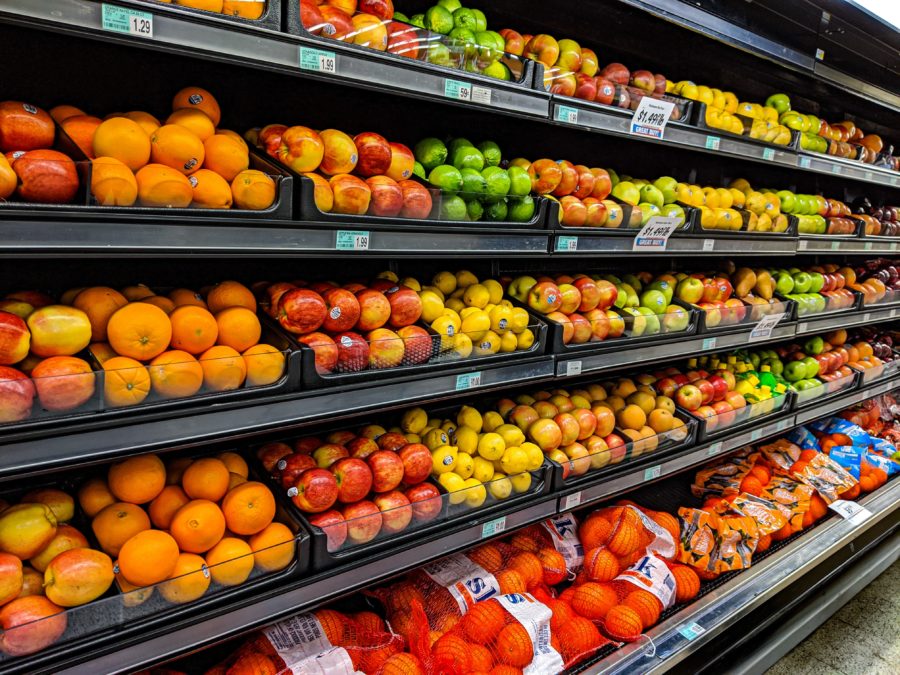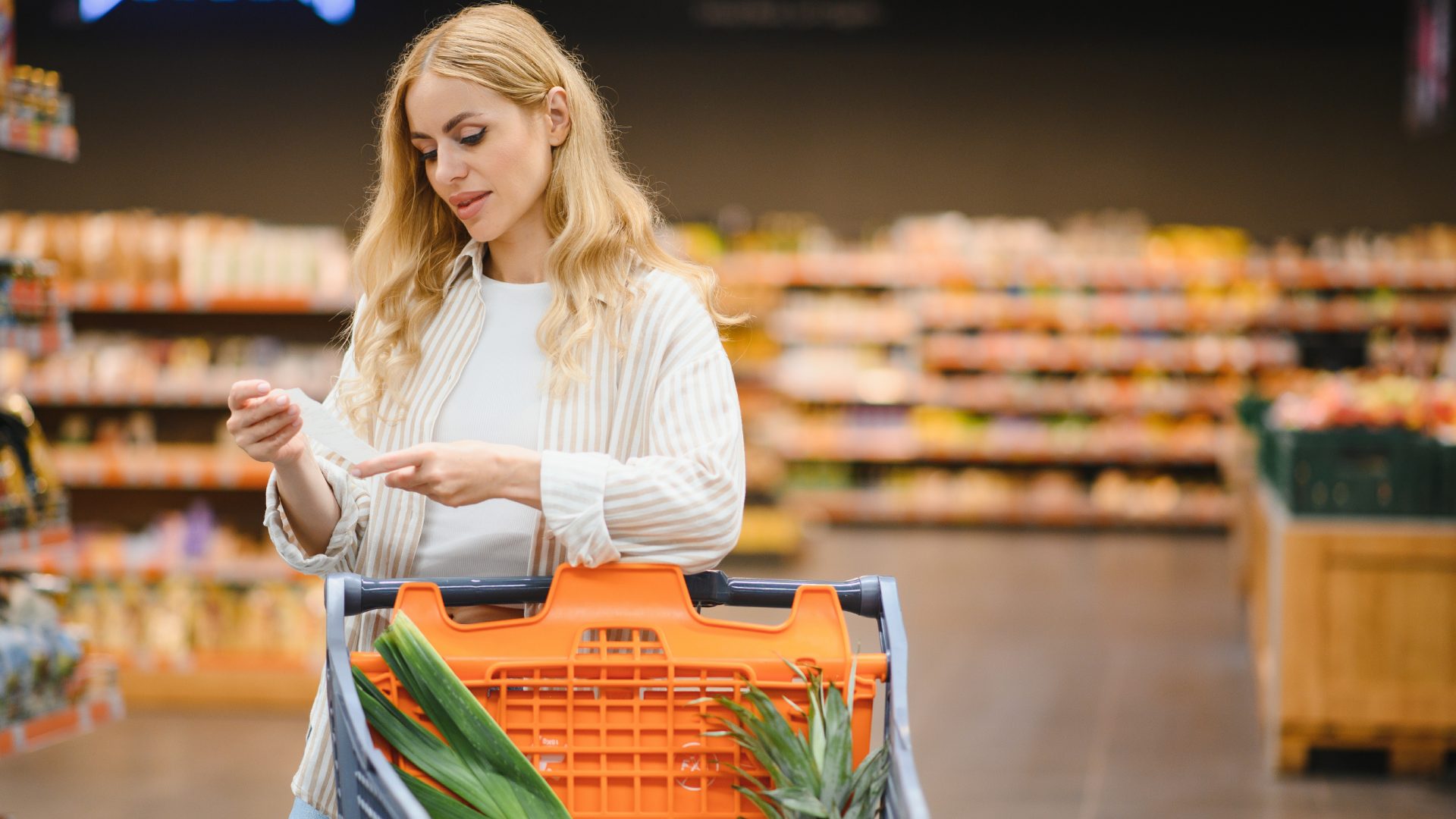Online grocery usage has skyrocketed in recent years: 73% of consumers had purchased grocery items online within the last three months, compared to 17% in 2017, according to a survey by Power Reviews. Of course, the pandemic played a large role in this shift (61% of consumers shop for groceries online more now than they did pre-COVID), but brick-and-mortar grocers are nevertheless well-positioned to benefit from these new habits.
The aforementioned survey found that 65% of consumers have ordered from a local grocery store in the past three months, making traditional grocers a more popular source of online orders than ecommerce-focused brands like Amazon Fresh. In comparison, 22% of shoppers used online-only grocers, while 20% chose third-party delivery. The latest Brick Meets Click/Mercatus Grocery Shopping Survey showed that the U.S. online grocery market finished March with $9.3 billion in sales, a return to January’s record spending levels.
The future looks bright for in-store grocery sales, too. Power Reviews found that 93% of consumers have made an in-store grocery purchase within the most recent three months of being surveyed. Younger consumers are leading the way when it comes to purchasing groceries online, but it’s not as pronounced as one might expect — a solid majority of all age cohorts are making digital purchases. Millennials lead the pack with 80% ordering groceries online in the past three months, followed by 74% of Gen Z shoppers, 72% of Gen Xers, and 60% of Baby Boomers.
KROGER DOUBLES DOWN ON DIGITAL INVESTMENTS
Digital sales have been particularly kind to Kroger in the past year, doubling to $10 billion in 2020. The retailer has leveraged its extensive store footprint and established pickup and delivery operations to drive this growth, and it plans to maintain this momentum into the future.
Rather than slow down, Kroger wants to double sales again to top $20 billion by the end of 2023, according to a presentation at its annual business conference. The plan includes both improving margins for the business and expanding into new markets like Florida, where it will operate as an ecommerce pure-play through Ocado delivery centers.
“Digital is now a growth engine, and we have a clear path to digital profitability with retail media, economies of scale and technology and process improvements that will lower our cost to serve,” Rodney McMullen, CEO of Kroger, said during the presentation. “We now have almost 50,000 associates dedicated for pickup, delivery or shipped.”
GREENDROPSHIP LAUNCHES ON SHOPIFY
The online grocery boom means traditional retailers will have new competition from third-party players. One platform to look out for is Shopify: the ecommerce platform has formed a partnership with supplier GreenDropShip to enable retailers to add natural and organic grocery products to their online stores and automate their order fulfillment.
Merchants using the GreenDropShip app will have access to more than 20,000 products. In addition to food and beverages, the selection includes vitamins, supplements, baby products, beauty & body care items, and household supplies. The app will focus on brand-name grocery products, putting an emphasis on their low return rates and ability to generate repeat purchases.
GreenDropship seems aimed at retailers without an established grocery presence. It enables store owners to import natural and organic products into their Shopify store with the click of a button, and the app is designed to ship products directly to the final customer’s front door automatically, simplifying the process for retail users. The company also offers services for sellers looking to get their orders fulfilled by Amazon.











